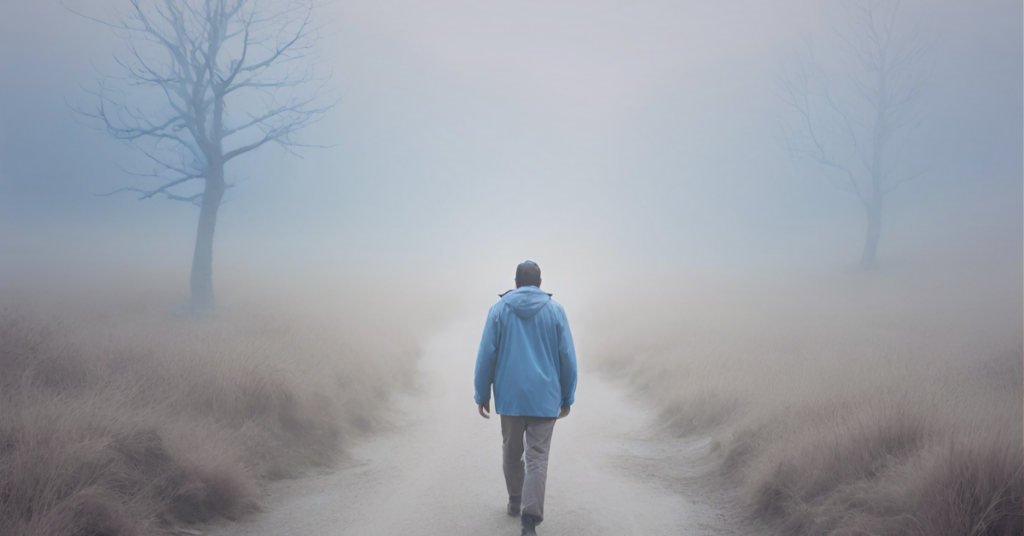One of the most challenging aspects of living with chronic bleeding is finding an effective minimally invasive treatment. The recent rise of Embolization—a procedure that closes blood vessels and provides long-term pain relief—might just be the solution many chronic bleeding patients are searching for.
Today’s blog covers the definition, benefits, and risks of Embolization to help you decide whether this might be the right solution for your condition. Let’s jump in.
What Qualifies as Minimally Invasive
Minimally invasive procedures like Embolization creates less trauma and stress for the body overall. In order for a procedure to qualify as minimally invasive, it must check these standards:
- Inflicts less pain than open surgery
- No hospital stay
- Involves less pre- and post-surgery complications
Other, more specific benefits include
- No incisions, just a needle poke
- Less scarring
- A shorter recovery period
The Minimally Invasive Advantage of Embolization
Whereas in traditional surgery, a surgeon would make a large incision to reach the treatment area, versus a minimally invasive procedure only requires a needle puncture that is easy to heal.
Embolization qualifies as a minimally invasive solution for chronic bleeding conditions because it’s performed through a tiny puncture in your skin and lasts only 30 minutes to a few hours (depending on how many blood vessels need to be treated).
During the procedure, a specialty trained physician injects tiny particles called embolic agents into your blood vessels using thin tubes (catheters). Though there are numerous types of agents, they all share the same goal: To halt blood flow.
Following the path of the blood vessel and guided by instruments at the catheter tip, the agents reach the treatment area and set to work closing the diseased vessel. Since there is no incision, recovery and scarring will be minimal.
Conditions Embolization Treat
Embolization can be utilized in several places throughout the body. These techniques can be used to stop excessive bleeding, treat diseased organs and block blood flow feeding tumors, the treatment potential of Embolization is far and wide. Patients who suffer from one or more of the following conditions are likely to find relief from the procedure:
- Cancers and tumors that cause bleeding
- Benign prostate Hypertrophy
- Painful osteoarthritis of the knee
- Brain aneurysms
- Frequent nosebleeds
- Gastrointestinal bleeding (hemorrhage)
- Abnormally long menstrual periods
- Vascular malformations
- Arteriovenous malformations (abnormal connections between arteries and veins)
- Uterine fibroids
- Overactive spleen
- Retroperitoneal hematoma (accumulation of blood in the abdominal area)
- Varicocele (enlarged veins)
For a more comprehensive list or to discuss whether Embolization is right for you, we recommend setting up an initial consultation with one of our physicians.
Risks of Embolization
Even though embolization has less complications than open surgery, any medical procedure still has its own set of risks.
Although complications are exceedingly uncommon, here are a few general risks and side-effects patients may experience:
- Bleeding
- Nerve damage
- Numbness or coolness in your limbs
- Infections
- Bruising or bleeding at puncture sight
- Post-embolic syndrome (nausea, pain, and fever due to decreased blood flow in the target location)
Your likelihood of experiencing these risks depends on the location of the procedure and the type of embolic agent used. To proceed with confidence, patients should clarify with their physician about how the risks of Embolization might manifest for their specific condition.
How to Minimize Post-Procedure Risks
While some side-effects such as aching in the treatment area may be inevitable, there are precautions you can take to significantly reduce your likelihood of suffering more serious post-procedure effects such as
- Avoiding strenuous physical activity such as lifting heavy objects or aerobic exercises
- Drink plenty of fluids
- Getting enough sleep and rest when feeling tired
- Only taking pain medicines your doctor has approved
- Keeping the procedure area clean and dry
- Avoiding placing too much pressure on your puncture site
Make sure to go to your follow-up appointments to remain in regular communication with your doctor about your healing process. From these sessions, you can receive personalized advice on wound-care, medication requirements, diet regulation as well as answers to any of your questions.
In extremely rare instances, emergency help may be required to stabilize a patient’s condition. Call 911 if the patient shows the following symptoms:
- Lightheadedness and loss of consciousness
- Severe trouble breathing
- Chest pain or cough up blood
- Bleeding from the puncture site
- Growing, painful lump at the puncture site
Though these risks are rare, they can still occur even when the puncture site has been properly taken care of. Another reason why monitoring your body and reporting to your doctor when required is crucial to a successful recovery.
Next Steps for Those Seeking Embolization
ECCO Medical offers minimally invasive Embolization for patients which provides long-term, immediate pain relief without the use of traditional surgery. Read more about this procedure or call/text our clinic to discuss whether Embolization is the logical choice for you.




